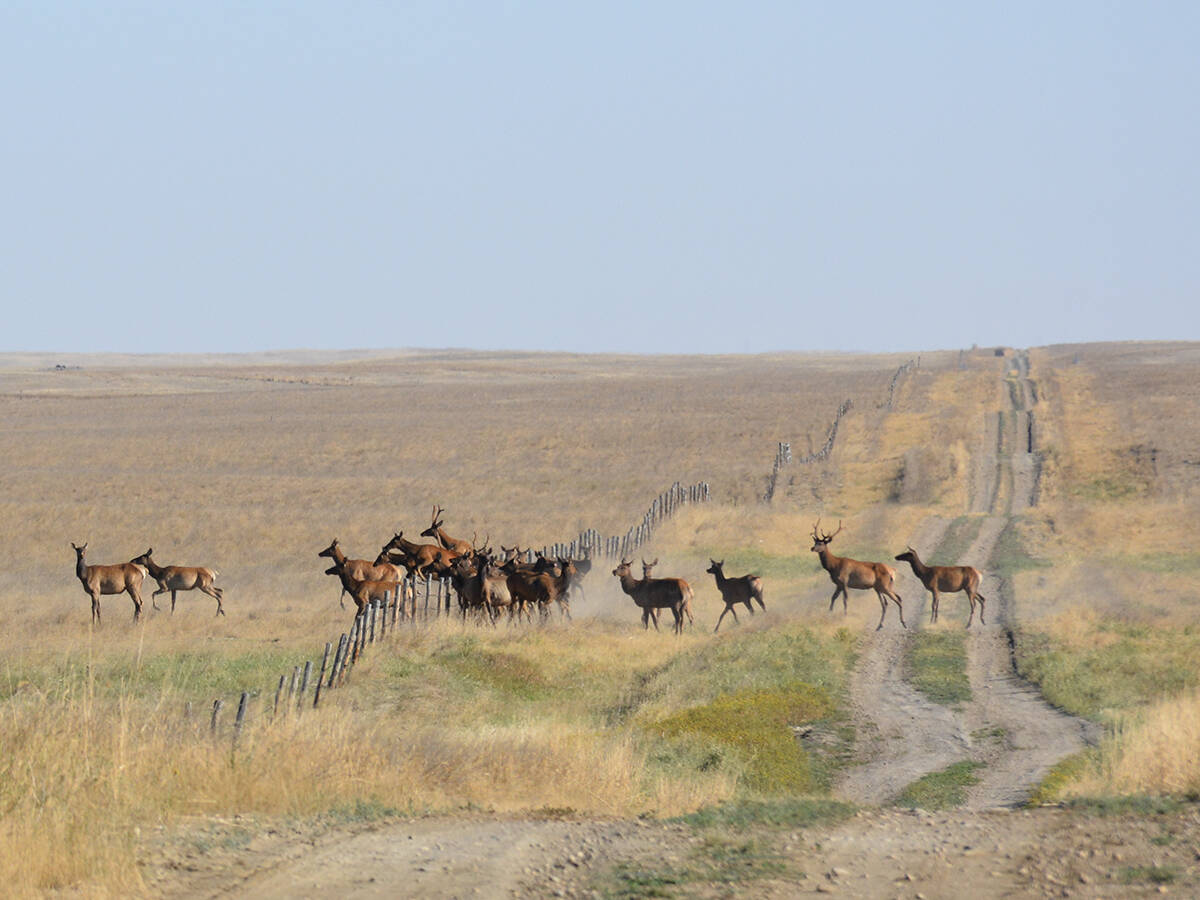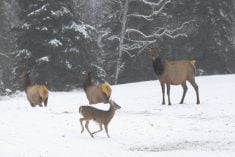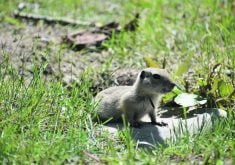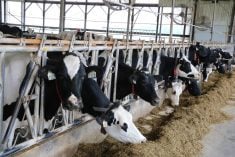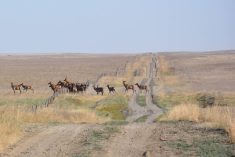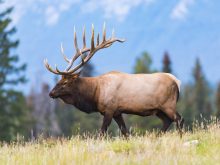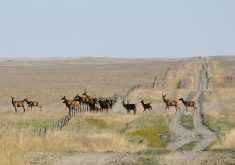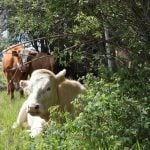REGINA — The announcement of an antlerless elk hunt for one week in November has raised concerns among both Saskatchewan hunters and conservationists.
The province’s environment minister, Travis Keisig, announced the Nov. 20-27 hunt to address farmers’ concerns about elk damage.
“This hunt aims to address the conflict between elk and agricultural producers and landowners,” Keisig said in a news release.
Read Also

New program aims to support plant-based exports to Asia
Understanding the preferences of consumers in Taiwan and how they differ from Indonesia or Malaysia isn’t easy for a small company in Saskatchewan.
“It is a tool to help reduce pressure on farmers.”
Numerous resolutions have come forward from farm and rural municipal organizations asking for something to be done.
The number of available licences is not limited, but hunters will have to choose a single wildlife management zone. The hunt is open in all 55 WMZs in the southern half of the province.
The opposition NDP said it has heard “significant negative feedback” about the planned hunt.
Environment critic Jared Clarke said he knows elk can cause damage, especially to winter feed stacks. However, he said in a letter to Keisig the hunt “seems poorly planned and ham-handed” and noted the ministry’s elk management plan does not call for a hunt.
He said people expect wildlife populations to be managed on the basis of evidence, and the government should have consulted with hunters before it was announced.
The Saskatchewan Wildlife Federation said it was not consulted and has received numerous questions. It said licensed hunters are frustrated.
“While we recognize the importance of addressing elk-related concerns in agricultural areas, we believe that a more targeted and controlled approach would have been more effective in mitigating the challenges faced by farmers and ranchers,” it said in an Oct. 3 statement.
“The Saskatchewan Wildlife Federation remains committed to supporting sustainable wildlife management practices and ensuring that stakeholder voices are included in future decisions.”
Days later, the SWF called on the government to develop, with stakeholders, a comprehensive strategy as outlined in its own elk management plan. It noted that between Aug. 25 and Jan. 14, 2026, elk hunting will have been permitted during all but 31 days.
The SWF also opposed a similar short-term hunt this past March during elk calving season. It and others raised concerns about ethical treatment of animals because heavily pregnant females could be shot. That hunt was in just two parts of the province as opposed to the latest announcement.
Clarke said people are questioning how the fall hunt’s success will be measured, why the additional hunt is necessary and how many animals the ministry expects will be taken. He also asked why tags are so widely available instead of targeted to areas where the animals are causing problems.
The hunt will be at the same time as open rifle season for white-tailed deer. The SWF said this raises serious safety concerns while imposing on landowners.
Since Saskatchewan introduced new trespass legislation, hunters now have to ask permission to hunt on any private land. That change was also meant to appease rural landowners but has resulted in fewer hunters.
“Access remains the critical issue in effectively managing elk populations,” said the SWF .
”Without improved access in problem zones, efforts to reduce elk numbers will continue to fall short.”
Compensation is available through Saskatchewan Crop Insurance Corp. for wildlife damage regardless of whether a producer has crop insurance or not. The corporation recorded 2,976 big game claims worth $24.2 million for the year ending March 31, 2025. There is also money available for fencing and other prevention measures.
According to the environment ministry, elk populations support “ample” hunting throughout the province.
Populations of white-tailed deer, moose and mule deer are all low after recent drought and severe winters.




